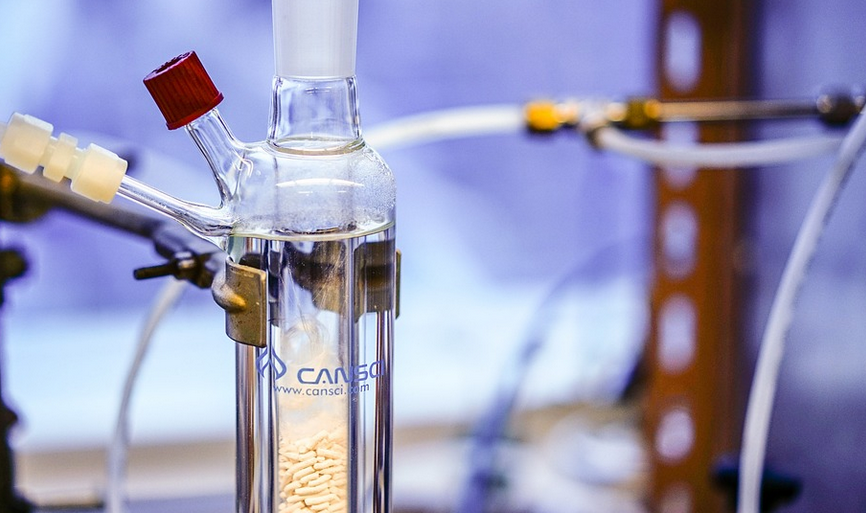Introduction
Have you ever wondered what happens when sodium hydroxide is mixed with water? Does it undergo a physical or chemical change? In this article, we will explore the answer to this question and provide you with a thorough explanation.
What is Sodium Hydroxide?
Sodium hydroxide, also known as caustic soda, is a highly alkaline compound that is commonly used in various industries such as in the production of paper, textiles, and soap. It is a crystalline solid that is white in color and is highly soluble in water.
Sodium Hydroxide Dissolved in Water
When sodium hydroxide is dissolved in water, it undergoes a chemical change. This is because the compound dissociates into its constituent ions, namely sodium ions (Na+) and hydroxide ions (OH-), which are then dispersed throughout the water.
The Chemical Reaction
The chemical equation for the reaction of sodium hydroxide dissolving in water is as follows: NaOH + H2O → Na+ + OH- As can be seen from the equation, the sodium hydroxide molecule (NaOH) reacts with water (H2O) to form sodium ions (Na+) and hydroxide ions (OH-). This reaction is known as a dissociation reaction.
Physical Change vs Chemical Change
Now that we know that sodium hydroxide dissolved in water undergoes a chemical change, let us understand the difference between a physical change and a chemical change. A physical change is a change in which the substance retains its identity and only its physical properties are altered. For example, melting of ice is a physical change as the identity of water is retained, but its physical state changes from solid to liquid. On the other hand, a chemical change is a change in which the substance undergoes a reaction that results in the formation of new substances. For example, burning of wood is a chemical change as the wood undergoes a reaction with oxygen in the air to form new substances such as carbon dioxide and water vapor.
Conclusion
In conclusion, when sodium hydroxide is dissolved in water, it undergoes a chemical change as it dissociates into its constituent ions. This reaction is known as a dissociation reaction. It is important to understand the difference between physical changes and chemical changes as they have different implications in various fields such as chemistry, physics, and biology.

